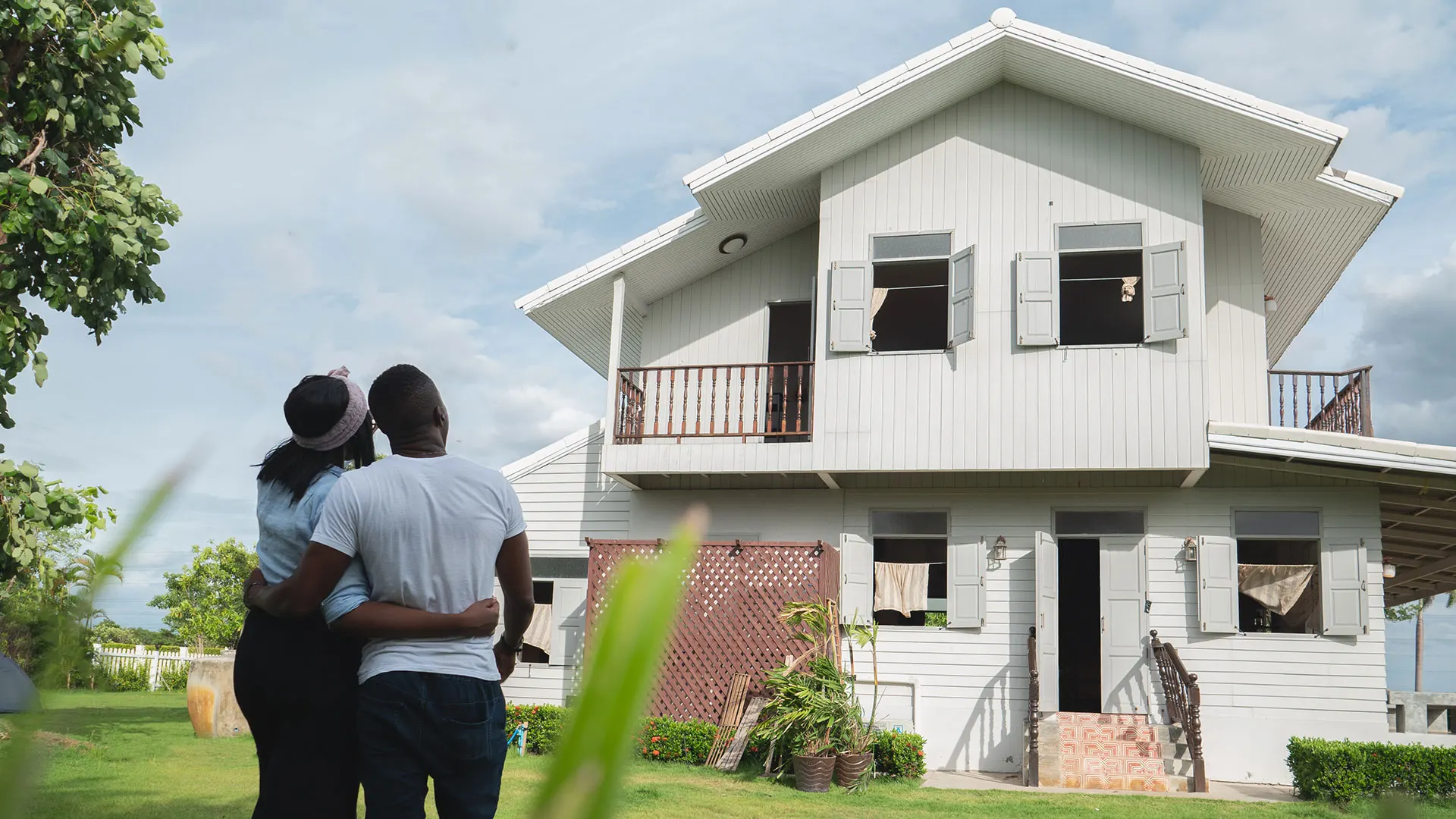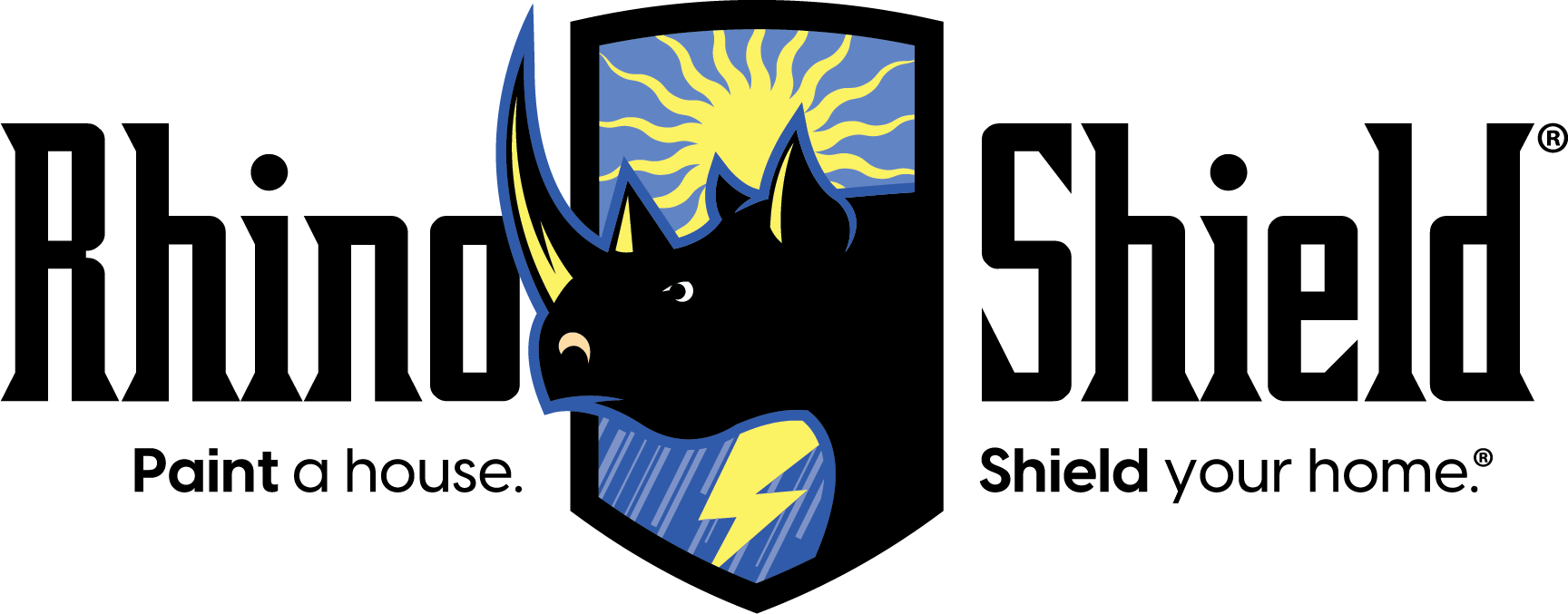
Durability is a term often thrown around in the paint industry, and it carries a significant weight when it comes to selecting the right paint for your project.
The world of paint is vast and varied, encompassing numerous types such as exterior house paint, interior house paint, concrete floor coatings, roof coatings, tank lining coatings, and more. Each of these paint categories has its own unique standard for durability, depending on the specific challenges it must withstand.
This leads consumers to ask us at Rhino Shield, “In terms of longevity, what is the best paint for my home?” and “How do experts determine how long a paint will last?”
In today’s piece, we’ll answer both questions, giving you a transparent framework to work with when considering what type of coating you should invest in.
Understanding Durability
In the world of paints, durability is defined by a paint's ability to withstand various forms of wear and tear over an extended period. Different types of paints face different durability challenges, and their performance metrics vary accordingly.
1. Interior Wall Paints
When it comes to interior wall paints, durability is primarily defined by factors like abrasion resistance and scrubability. The more a paint can be scrubbed or cleaned without deteriorating, the more durable it is considered. Cheaper interior paints tend to wear away quickly, while durable interior wall paints can withstand multiple cleanings and still maintain their appearance.
2. Floor Coatings
Floor coatings face a different set of durability challenges, particularly those in high-traffic environments. Foot traffic, as well as automotive traffic, put significant stress on floor coatings.
To assess durability in this context, various ASTM tests such as tabor abrasion and sand fall abrasion are employed to evaluate and quantify the performance of these coatings. Polyaspartic floor coatings are renowned for their durability, while for thicker floors, urethane-cement is a robust option.
3. Exterior Wall Paints
Exterior wall paints and coatings need to withstand the elements, and therefore, their durability is closely tied to weather resistance. Factors such as UV degradation and moisture-related damage will play a significant role in determining how long an exterior paint will last.
Along coastlines, salt air can also have a detrimental effect on the longevity of paints. High-quality exterior paints are specially formulated to weather these challenges.
Types of Exterior Paints and Their Durability
Generically speaking, the paint industry classifies paints into different categories based on their composition and durability characteristics. Here are some of the key types:
Latex Paints: Latex paints are the most basic and least durable type of paint. They are often the lower-priced option and have limited durability, making them more suitable for low-impact areas.
Latex-Acrylic Blends: These paints strike a balance between affordability and durability. They are more resilient than pure latex paints and are often used for both interior and exterior applications.
Pure Acrylic Paints: Pure acrylic paints, in general, offer higher durability. However, it's important to note that not all acrylic resins are created equal. Some variations, like styrene acrylics and elastomeric acrylics, offer superior durability in specific contexts. Non-styrenated or elastomeric acrylics tend to be more durable in terms of UV degradation.
Urethanes: Urethanes are known for their UV stability and exceptional durability. These paints are often used outdoors and are widely employed in the automotive industry, where longevity and resistance to harsh weather conditions are crucial.
Oil-Based paints: A century ago, oil-based paints held a dominant position in the world of coatings, owing to their ease of manufacture and excellent wood-penetrating properties. However, their applicability was limited, as oil paints proved unsuitable for surfaces like cement or stucco, rendering many home types, including those with cement board siding, ineligible for oil-based paint applications.
Today, numerous compelling reasons drive the shift away from oil-based paints. The continuous and remarkable improvement in water-based technology over decades has propelled it to the forefront of the industry. Most of the research and development efforts are now directed towards advancing water-based formulations, resulting in improved performance and environmental friendliness.
Oil-based paints come with a set of disadvantages that have contributed to their diminishing popularity.
- The strong and often noxious odor associated with their application.
- Concerns about harmful oils and solvents.
- Oil-based paints tend to dry with greater hardness than their water-based counterparts, leading to reduced flexibility and making them more susceptible to cracking over time.
Consequently, the use of oil-based paints is gradually being prohibited in many markets due to environmental and health considerations. However, it's important to note that despite these limitations, oil-based paints still find their place in the world of coatings.
For instance, door enamels benefit from the attractive hard gloss finish provided by oil-based enamels, making them durable and resistant to the wear and handprints that commonly adorn entry doors.
In the context of log homes, certain oil conditioners continue to play a vital role by repelling water, safeguarding the wood, and prolonging the life of these distinct structures.
Oil stains also hold their ground, offering both utility and beauty, particularly when applied to furniture, where they enhance longevity and aesthetics.
With all that being stated, in this evolving landscape, the choice between oil-based and water-based paints isn’t really considered for home exterior coatings.
Acrylics and Urethanes
In the realm of exterior paints and coatings, both acrylics and urethanes are renowned for their great outdoor weathering and UV protection properties. However, the choice between the two isn't straightforward, as the quality and durability of the resins used can vary significantly.
To make informed comparisons between different paints, ASTM testing plays a vital role in assessing their true durability. While many companies keep their third-party testing results hidden or just don’t invest in it at all, Rhino Shield is fully transparent with all our in-house and outside testing.
Below are our results of the ASTM test conducted by an independent lab. To learn how to read an ASTM test, you can check out this link here.
Fire rating - ASTM E-84 21a
Salt Tolerance - ASTM B 117
Water Swelling - ASTM D 471
Adhesion - ASTM D 4541
Wind Drive Rain Resistance - ASTM D 6904 03(22)
Tensile strength - ASTM D 2370
Elongation - ASTM D 2370
Permeance - ASTM D 1653
Rhino Shield, by definition, is an acrylic-urethane-elastomeric coating. It combines the strengths of acrylic resins and urethane binders to achieve the best of both worlds when it comes to durability and weather resistance. This unique formulation is designed to provide exceptional longevity, making it an excellent choice for exterior applications.
Conclusion
In the world of exterior paint, durability against the elements is the key to ensuring that your investment stands the test of time. When selecting the right type of paint, considering factors such as UV resistance and moisture resistance is essential to achieving long-lasting results.
Rhino Shield, with our acrylic-urethane-elastomeric formulation, has solar reflectivity, water repellence, and much more. Although, it’s not the only paint with some of these features. Check out our article covering everything you need to know about Rhino Shield here.
So, when deciding what home exterior coating you should go with, it’s important to factor in:
- Your budget
- How long you plan to live in your home
- The warranty of the product (make sure to check the terms and conditions)
- What additional benefits the coating provides
If you’re interested in painting your home’s exterior, click the link below for a free, no-obligation quote from us at Rhino Shield.

